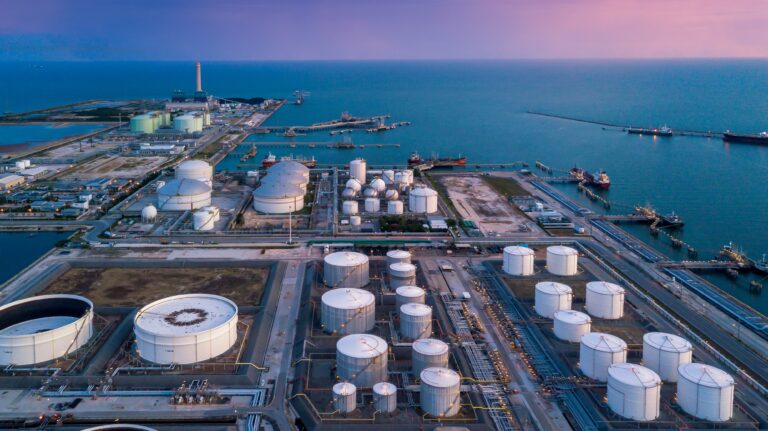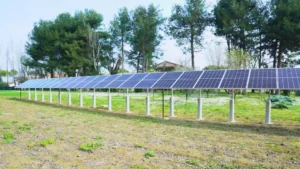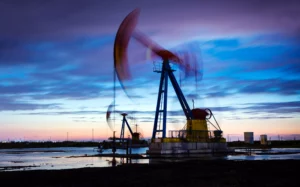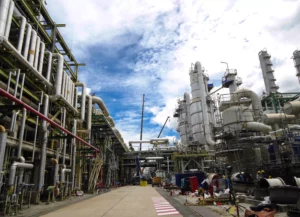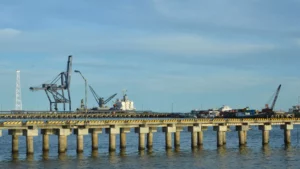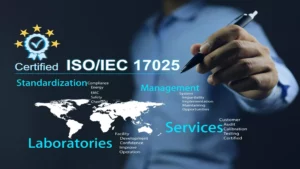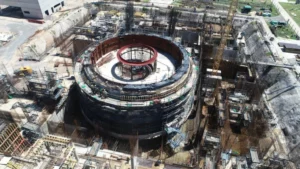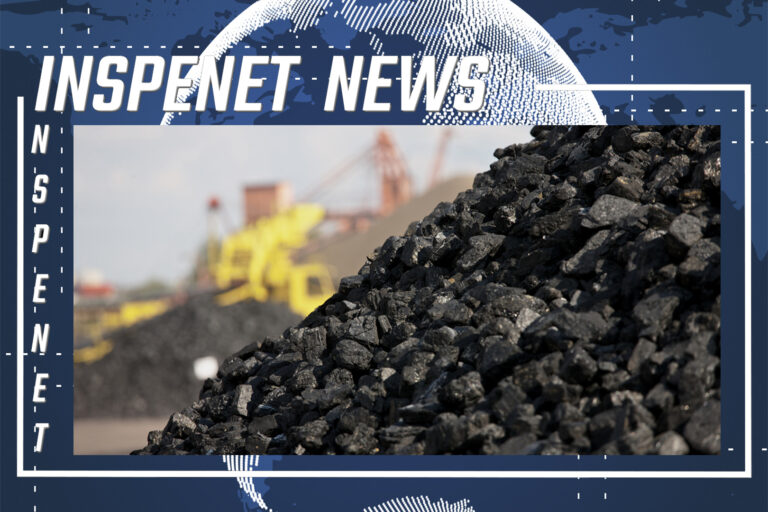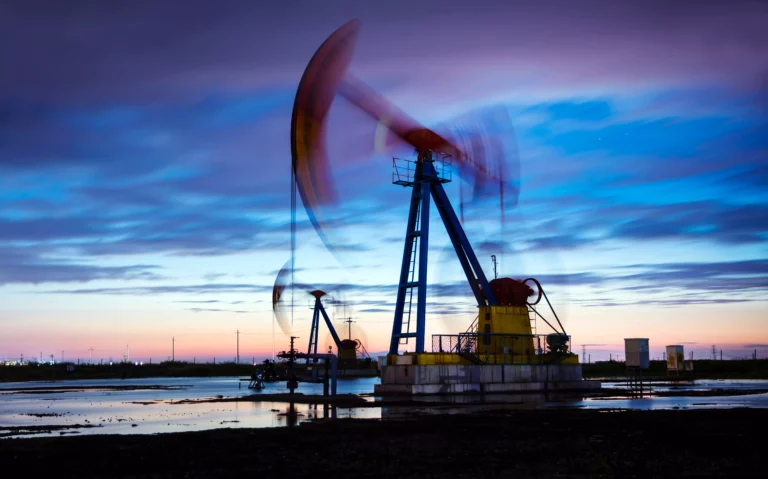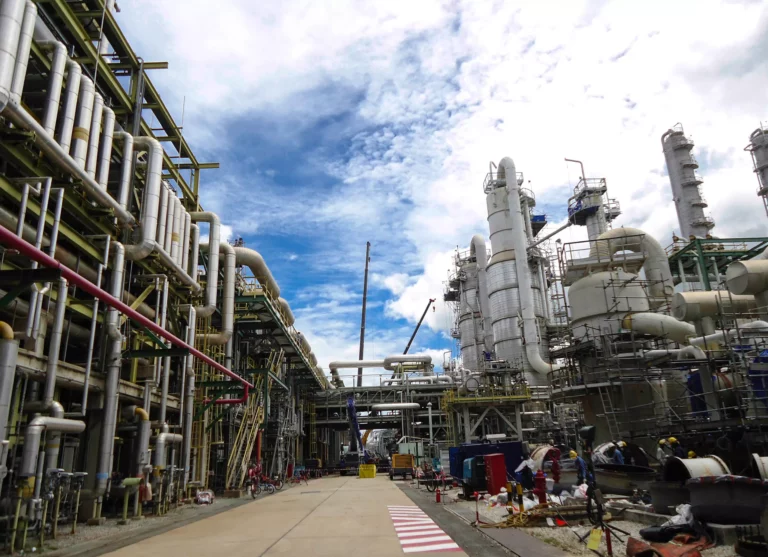Introduction
Fuel storage and distribution terminals play a key role in the energy supply chain. These facilities are essential to receive, store and distribute large volumes of fuel in an efficient, safe and sustainable manner. However, they face various challenges that require innovative and practical solutions.
In a constantly evolving world, where efficiency and security are key to business success, it is essential to stay on top of best practices and solutions to maximize endpoint performance and minimize risk. In addition, in a global context increasingly focused on sustainability, it is essential to adopt practical and viable measures that reduce the environmental footprint and promote corporate responsibility.
In this article, we will discuss some solutions for storage terminals and approaches to improve efficiency, safety and sustainability in fuel storage and distribution terminals.
In addition, a variety of practical and innovative solutions that can be implemented in these terminals are presented, from automation and intelligent management to the integration of renewable energies and space optimization, in order to present a comprehensive vision of best practices in the energy sector.
Efficiency optimization and solutions for storage terminals
- Smart automation and management : They have become fundamental pillars to optimize operations in fuel storage and distribution terminals . According to recent studies, the implementation of automation systems can reduce loading and unloading times by 30% and reduce operating errors by 20%. Figure 1 shows an automated system (dispatch arms) designed by SICETAD (Sociedad Ibérica of Construcciones Eléctricas, SA) 1 . It is a system for the integral automation of hydrocarbon storage and distribution terminals.

The integral automation of this type of facilities extends to the measurement, operation and control of all the subsystems of a plant. (Storage tanks, islands for receiving and dispatching the product, pumping systems, access control and security systems of the Plant). Also the integration with the administrative systems of the plant for the processes of orders and invoicing, as well as the portals for the management and attention of clients. The main objectives of these systems are:
- Achieve maximum efficiency in the operation of the terminals, minimizing the manual labor of the operators and increasing productivity. The times necessary for each dispatch are shortened and the use of loading positions is optimized.
- The control and monitoring in real time of the balance and stocks for each product in the terminal, as well as the loading and dispatch operations of products.
- Guarantee reliability and quality in the delivery of products to the end customer. Increase the confidence of the “buyer” through a standardized and certified measurement of the office.
- Provide greater safety in the plant, the environment and the areas surrounding the facilities.
The optimization of space and storage capacity has become a priority to maximize efficiency. For example, a height storage system and modular containers; You can increase your storage capacity by 40% without having to physically expand your terminal.
In addition, the use of real-time monitoring and control technologies has allowed these terminals to optimize the flow of products, reduce waiting times and minimize the risk of losses.
Improved security at storage terminals
- Monitoring and control in real time: The objective is to guarantee security in hydrocarbon storage terminals . Through the use of video surveillance systems, leak detection sensors and access control systems, any potential incident or risk can be quickly identified and responded to 2 .
In work situations at supply points, there are work areas that are defined and characterized as dangerous. A dangerous area is understood as any area with conditions conducive to the formation of an explosive atmosphere in concentrations that require the adoption of special prevention measures, in order to guarantee the safety and health of the affected workers.
The explosive atmosphere is a mixture with air, under normal atmospheric conditions, of flammable substances, in the form of gas, vapors, mist or dust, in which, after ignition, combustion spreads to the entire unburned mixture.
- Staff training and awareness : They play a crucial role in improving security at storage terminals. Examples of good practice include regular training programs, emergency drills, and promoting a safety culture throughout the organization.
These efforts have contributed to reducing workplace accidents by 25% and promoting greater awareness of the importance of following safety protocols.
Promoting sustainability in storage terminals
- Integration of renewable energies: It is a growing trend to promote sustainability. Pioneering companies in the sector have installed solar panels in their facilities, which has allowed them to generate a significant part of the energy required for their operations. This not only reduces their reliance on fossil fuels, but also lowers carbon emissions and contributes to climate change mitigation. According to studies, the implementation of renewable energies in the terminals can reduce CO 2 emissions by 30% and generate significant savings in energy costs in the long term.
- Energy efficiency and waste management: These are key aspects to promote sustainability in storage terminals. Implementing technologies and practices that optimize energy consumption, such as LED lighting systems and efficient motors, can reduce operating costs and minimize environmental impact. In addition, establishing waste management programs, including the classification and recycling of materials, contributes to minimizing the generation of waste and promoting the circular economy. Some companies have managed to reduce their energy consumption by 15% and have implemented waste management programs that have allowed them to recycle more than 50% of the materials used in their operations.
Minimize the risks of fuel distribution and storage
- Fuel distribution equipment, regulators, valves, couplings and electrical components must all offer reliable distribution and storage solutions for fuel carriers and downstream suppliers.
The supplier must serve not only conventional fuel markets but also alternative ones including hydrogen and CNG with solutions that minimize the risk of explosions, noxious vapors and other hazards associated with fuel storage and distribution, while ensuring efficient fueling experiences for end users, regardless of fuel type.
- The applications of Non-Destructive Testing, inspection services, measurements and other engineering services, related to the distribution for the energy sector that support the needs of clients in refineries, terminals, ships, barges, pipelines, processing plants of gas, chemical plants, retail distribution networks and much more. Figure 2 shows an Equipment Inspector carrying out inspection tasks in a section of pipes, to determine their condition and anticipate faults in the circuit and thus minimize the risks in the distribution and storage of fuel.

- Efficient management of these assets is essential to guarantee their optimal performance, maximize their useful life and reduce operating costs. Preventive and predictive maintenance plays a crucial role in asset management at Fuel Storage and Distribution Terminals .
- By implementing regular maintenance schedules and using real-time monitoring technologies, companies can identify and address potential problems before they turn into costly failures.
These practices help optimize asset performance, reduce unplanned downtime, and extend asset life. A recent study found that implementing a predictive maintenance program at a storage terminal resulted in a 20% reduction in maintenance costs and a 15% improvement in asset availability.
In conclusion, the optimization of operations at Fuel Storage and Distribution Terminals is essential to improve efficiency, safety and sustainability in this key sector of the energy industry. through innovative solutions such as automation, smart management, the integration of renewable energies and the implementation of sustainable practices,
Terminals can face current challenges and ensure a more efficient and responsible future, demonstrating the tangible benefits of implementing these solutions, not only in terms of efficiency and profitability, but also in terms of risk reduction and contribution to a sustainable future.
Act now and ensure a successful future for your terminal!
Sources
- https://www.sice.com/sites/Sice/files/2016-10/cp_autom_termin_v3.pdf
- http://www.ingenieriadepetroleo.com/seguridad-almacenamiento-hidrocarburos-plataformas-plataformas-estaciones-servicios-flotantes/



